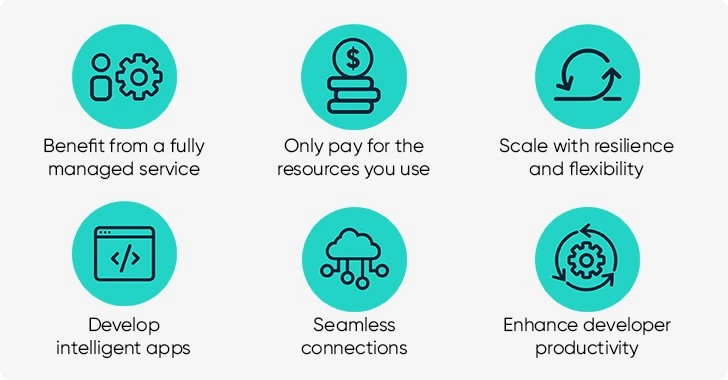Table of Contents
Introduction of Serverless Computing

Serverless computing
What is Serverless Computing?
Serverless Computing also known as FaaS Function-as-a-Service, or FaaS, is a serverless approach to cloud-based function execution. Serverless Computing provides the infrastructure to people who want to deploy their applications to the internet and automatically manage provisioning, scalability, and also manage the infrastructure that is required to run applications or code.
Serverless computing means not like without a server, if you need to code an application you must need a server. Serverless names mean for developers all things a manage by the cloud vendor so developers didn’t want to think about scalability, infrastructure, and provisioning all are managed by the cloud vendor. This helps developers to increase their focus on the business and to archive their goals faster. Serverless computing increase productivity and is very quick to launch on the platforms.
Advantages and Disadvantages of Serverless Computing

Manage infrastructure by itself
In serverless computing, all service is managed by a cloud vendor that needs to run a code in this case developers feel free from managing infrastructure. Your code will run on high availability in serverless computing.
Powerful scalability
Serverless computing has powerful scalability infrastructure to scale up and down in just a few seconds demands according to workload. Simply Serverless computing provides dynamic automatic scalability infrastructure to scale peak workload time and idle time, you pay high for more demanding workload periods and pay low for idle time, provision is not fixed.
Increase productivity and quick deployment
Serverless computing gives you the speed to deploy applications, you can deploy applications within hours because there are no dependencies on others. You can deploy your code very quickly and focus on your new projects.
Decreasing latency
Here the application is not running on its original server so we can run it any place. If the application runs close to the user, its didn’t travel to any other server it will respond quickly. That’s how serverless computing reduces latency.
Disadvantages of serverless computing
 Security
Security
In serverless computing, you gave your data to another hand that may protect it or may not. Therefore many companies do not prefer serverless computing because they have fear of security and they didn’t want to give their data to another hand.
 Privacy
Privacy
Your resources are in a cloud environment so anyone can visit there. Therefore your privacy may danger.
 Difficulty
Difficulty
We face difficulty seeing issues because of their complexity. Simply if something goes wrong it not working as it is we can not see it because there are lots of spaces in which to look.
 Vendor
Vendor
Sometimes vendor is looking at their clients for long-term agreements.
Conclusion: Serverless Computing
Conclusion. In applications where users are more interested in the business side of operations than the management of the IT infrastructure, serverless computing is very advantageous.
Serverless Computing by Microsoft Azure

Leave a Reply